LSTM and GRU cells
Intermediate Deep Learning with PyTorch

Michal Oleszak
Machine Learning Engineer
Short-term memory problem
- RNN cells maintain memory via hidden state
- This memory is very short-term
- Two more powerful cells solve the problem:
- LSTM (Long Short-Term Memory) cell
- GRU (Gated Recurrent Unit) cell
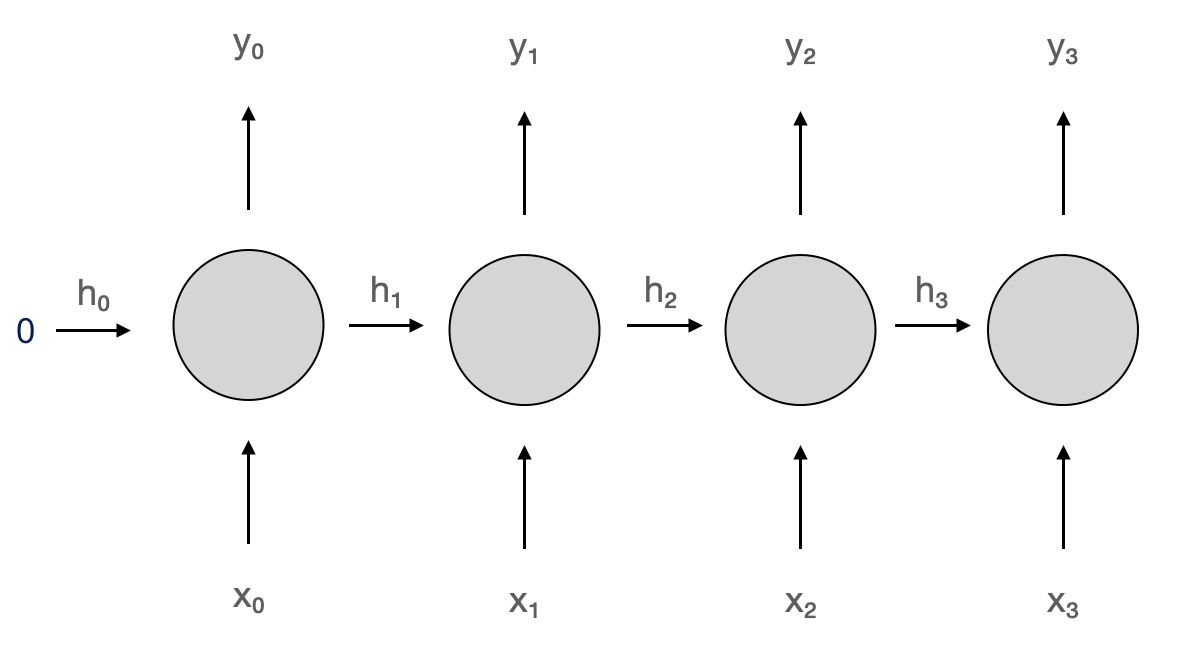
RNN cell
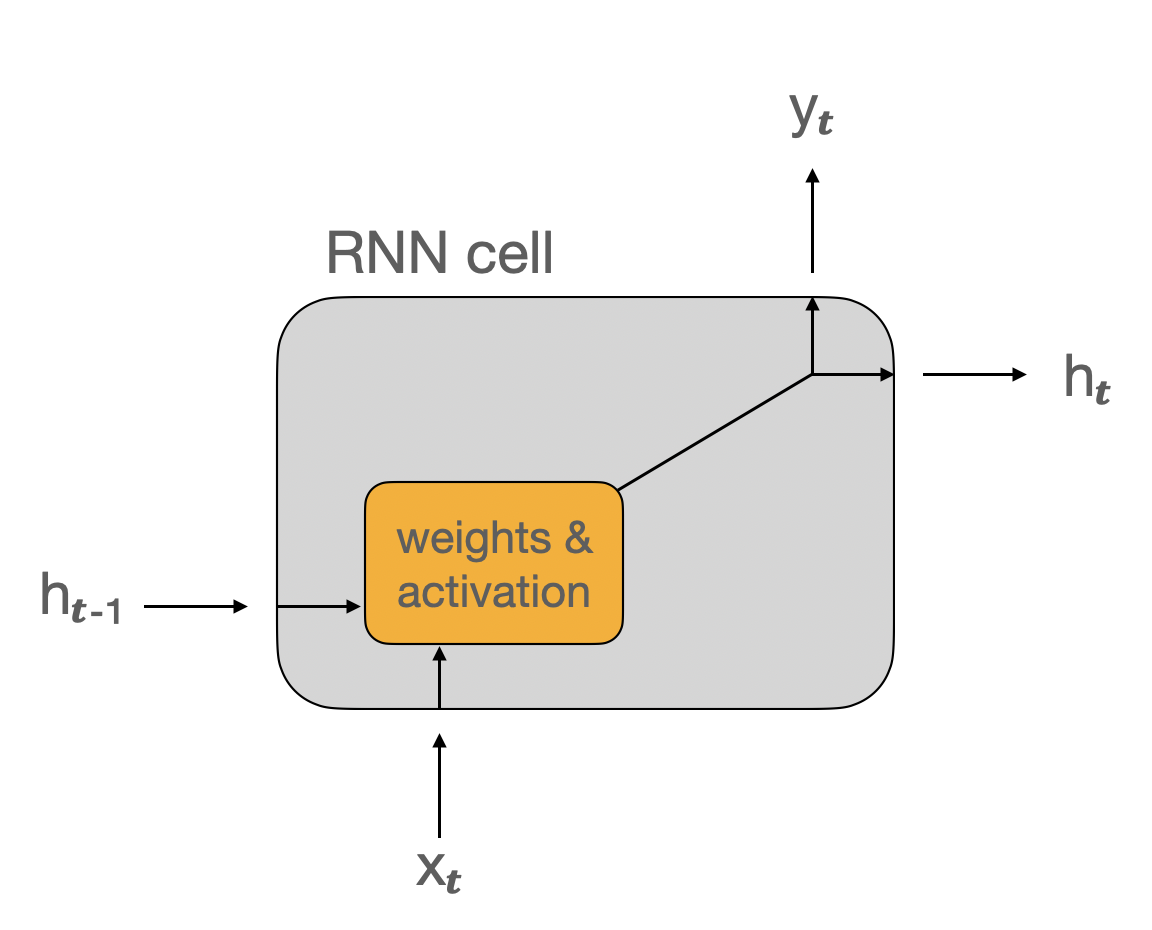
- Two inputs:
- current input data
x - previous hidden state
h
- current input data
- Two outputs:
- current output
y - next hidden state
h
- current output
LSTM cell
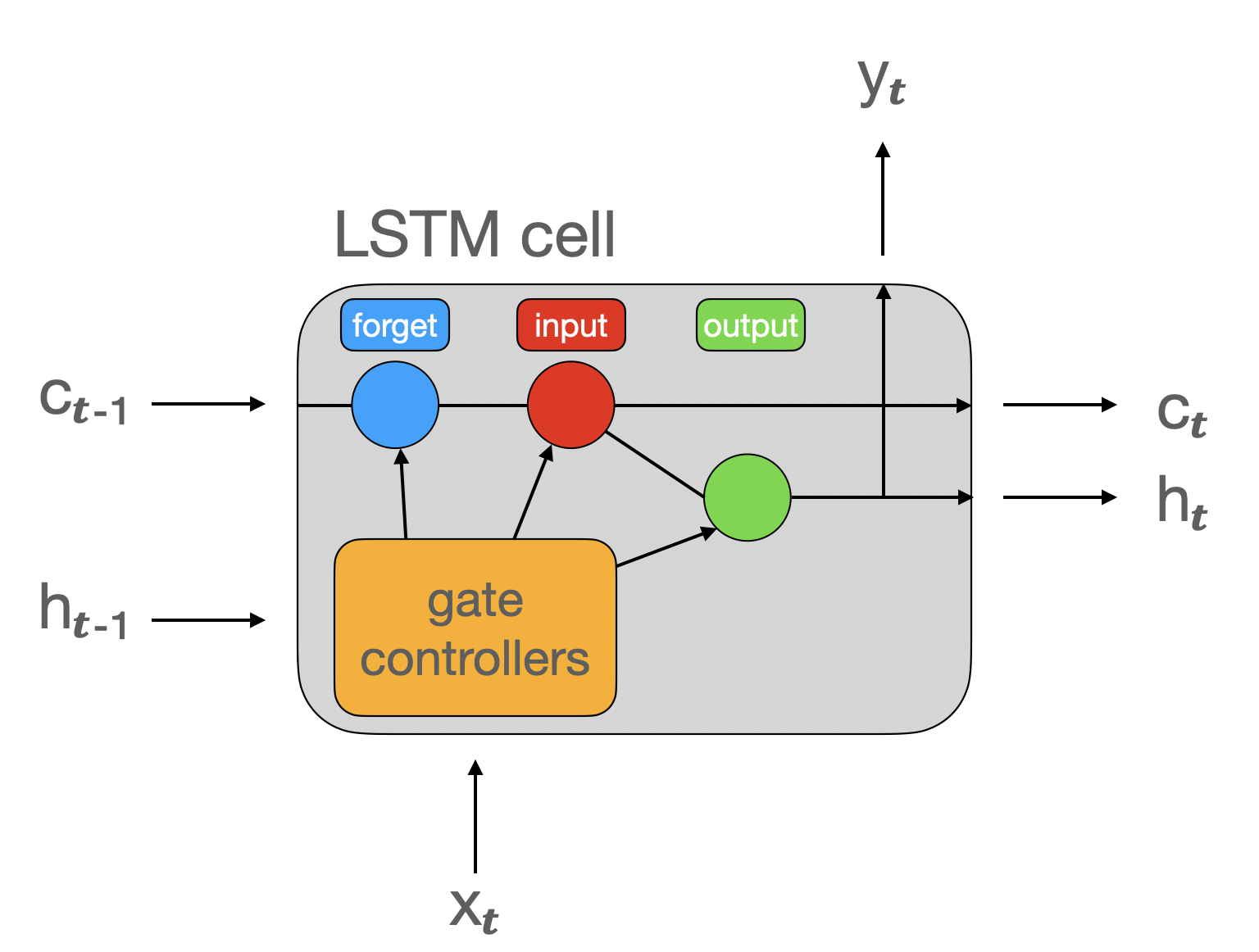
- Outputs
handyare the same
Three inputs and outputs (two hidden states):
h: short-term statec: long-term state
Three "gates":
- Forget gate: what to remove from long-term memory
- Input gate: what to save to long-term memory
- Output gate: what to return at the current time step
LSTM in PyTorch
class Net(nn.Module): def __init__(self, input_size): super().__init__()self.lstm = nn.LSTM( input_size=1, hidden_size=32, num_layers=2, batch_first=True, ) self.fc = nn.Linear(32, 1)def forward(self, x): h0 = torch.zeros(2, x.size(0), 32) c0 = torch.zeros(2, x.size(0), 32)out, _ = self.lstm(x, (h0, c0))out = self.fc(out[:, -1, :]) return out
__init__():- Replace
nn.RNNwithnn.LSTM
- Replace
forward():- Add another hidden state
c - Initialize
candhwith zeros - Pass both hidden states to
lstmlayer
- Add another hidden state
GRU cell
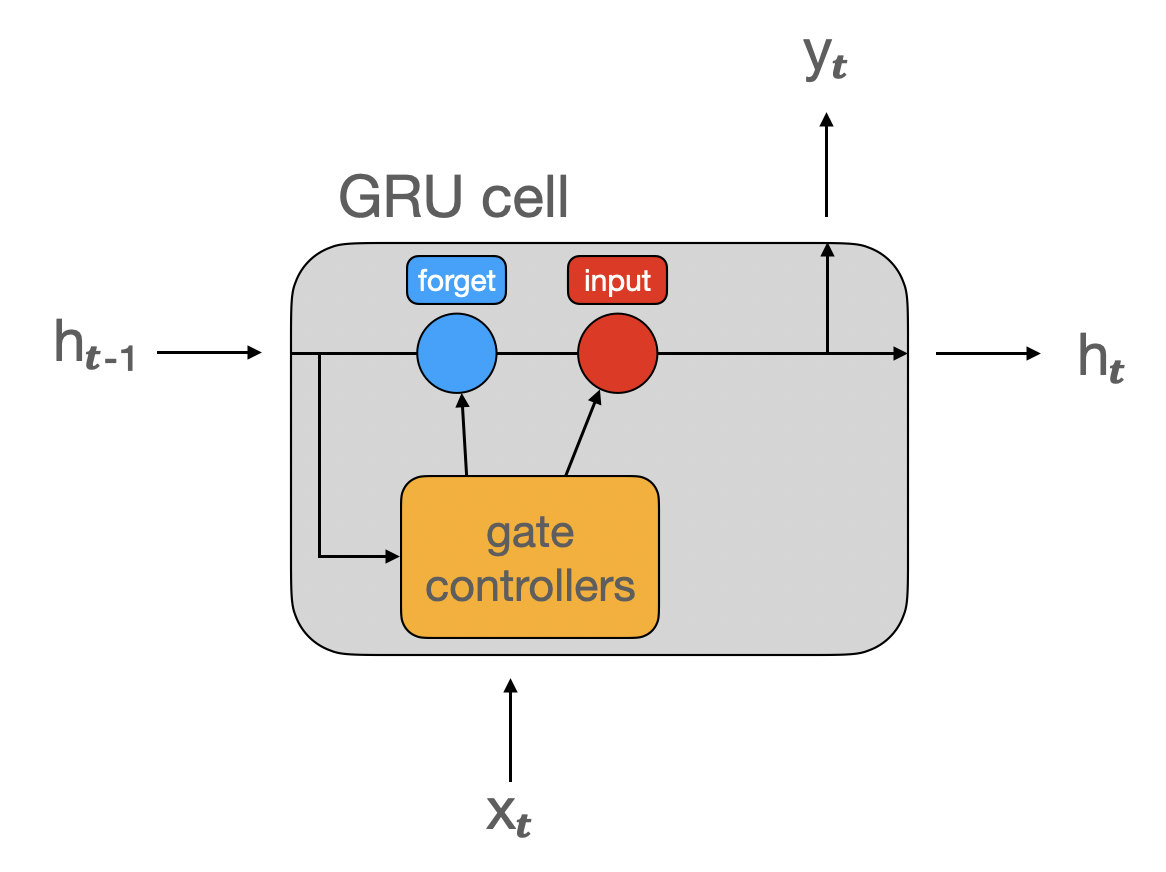
- Simplified version of LSTM cell
- Just one hidden state
- No output gate
GRU in PyTorch
class Net(nn.Module): def __init__(self, input_size): super().__init__()self.gru = nn.GRU( input_size=1, hidden_size=32, num_layers=2, batch_first=True, ) self.fc = nn.Linear(32, 1)def forward(self, x): h0 = torch.zeros(2, x.size(0), 32) out, _ = self.gru(x, h0) out = self.fc(out[:, -1, :]) return out
__init__():- Replace
nn.RNNwithnn.GRU
- Replace
forward():- Use the
grulayer
- Use the
Should I use RNN, LSTM, or GRU?
- RNN is not used much anymore
- GRU is simpler than LSTM = less computation
- Relative performance varies per use-case
- Try both and compare
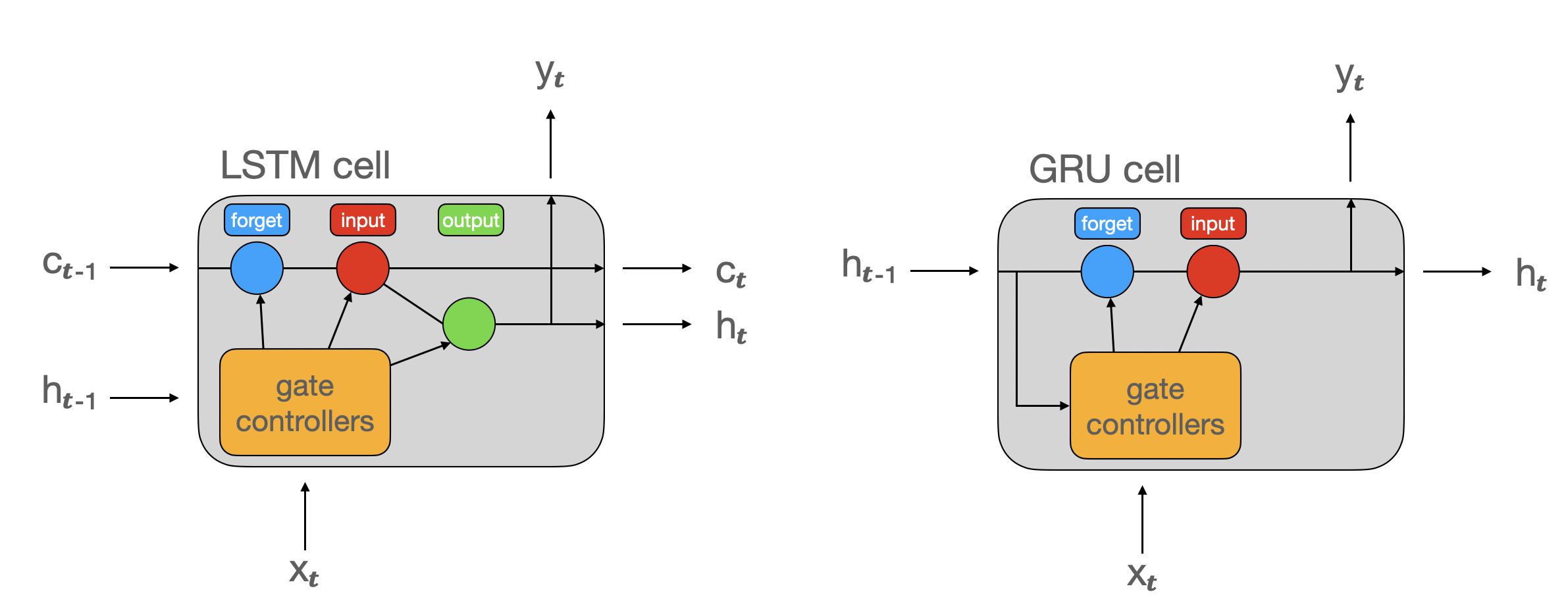
Let's practice!
Intermediate Deep Learning with PyTorch

